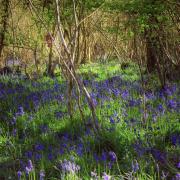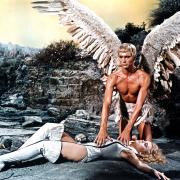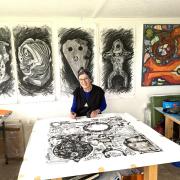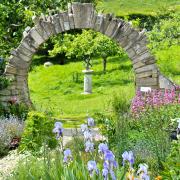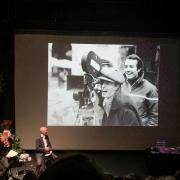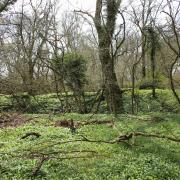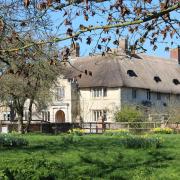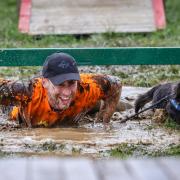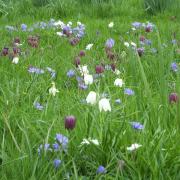West Dorset artist Sally Derrick finds inspiration for her sculptures by watching the everyday dramas that play out in her wildlife garden

“My garden is a wonderful place to sketch, photograph and enjoy,” says Sally. “At dusk I like hearing the owls and watching bats whirl around the trees against the backdrop of the night sky. When I came to Dorset, I started sculpting wildlife to capture the form and essence of the animal, to explore its ecological struggles, and convey what makes that particular creature survive.”
Whether that battle for survival is in the African bush or a Dorset garden, for Sally this creates an interesting form. “The skills for survival are the essence of the bird or mammal,” says Sally. “Often this leads to a beautiful shape such as the flexibility of the cheetah’s body or the quick spear-like beak of the egret.”
Closer to home the wildlife dramas played out in Sally’s garden, which features may different habitats including a pond and a bog, are all recorded in her ‘Wildlife Diary’ – complete with photos, sketches and descriptions of her findings.
Over the last 30 years Sally has been studying the anatomy of people and animals, and producing pieces in a variety of materials including bronze and fired clay to translate the essence of these forms into beautiful sculptures. Subjects include raptors, hares, egrets, foxes, and cheetahs, to name just a few. “I work with clay pretty much all the time, and casting in bronze is great for simplified and tactile forms,” Sally reveals, adding that the process can be complicated, with some pieces taking hours, and others taking days. “I can be quite quick once I get going and, if there are no interruptions, I will work into the night. If the sculpture is to look realistic, you need to get it right. The outcome can be uncertain at the casting stage as every bronze is different and you don’t always know how the patination is going to turn out. Also the metal reacts with air and changes over time.”
Sally’s studio reflects her personality and passions perfectly, complete with her own inspirational musings written on the wall: ‘Hush. Tread lightly on the earth. Do not disturb the balance.’ A head sculpture sits amongst all the wildlife pieces. She often gets commissions for head sculptures of children and adults. “I hope that people will see the character of the person coming through,” she says. “I find older men the easiest and most rewarding; their faces weather and they don’t try to change them. They look more real.”
The pleasure Sally gets from her work is not just in the processes of conception to creation, but also seeing it taking a place in someone’s life. “One of the greatest pleasures of sculpting is going to people’s houses and seeing your piece in its new setting. It can be quite emotional to know your work is a treasured possession.”
During Dorset Art Weeks (25 May – 8 June), Sally will be exhibiting a selection of her work, along with some other artists at Dorset Wildlife Trust’s Kingcombe Centre at Toller Porcorum, near Dorchester. “Kingcombe is the most wonderful place and truly inspiring. I like the idea of having lots of exhibitors in one place. In addition I have two other exhibitions coming up, so it’s going to be a busy summer!”
For more information about Dorset Wildlife Trust’s Kingcombe Centre exhibition and the 10 other artists exhibiting their work for Dorset Art Weeks, visit kingcombe.org/art-weeks. See more of Sally’s work at www.sallyderrick.co.uk.




